Thordr I
(1046-1067)
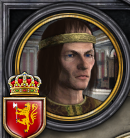
Thordr I’s reign was apart from his many wars, pretty uneventful. He did however finally reinstate feudalism in the Norwegian realm. His reign in the end lives in the shadow of his impressive son and heir.
Family
Thordr was married to Sunniva, reknowned in her time as one of Europe’s big beauties. Together, they had four children, among them one son, who would later succeed his father:
Alfridr
Alvör
Halla
Ragnarr
His reign
Soon after Thordr’s takeover, Sigurd, serving no need for his captors, was freed. Thordr decided his brother is too much of a threat and plotted to kill him, but before his plot could be set in motion, it was discovered that Sigurd was plotting the same to him. This gave Thordr the excuse he needed to imprison his brother and remove him as a threat.
In 1049 the first of many wars were initiated by Thordr. He declared war on the much weakened Suomi for the control of the county of Länsipohja, and the Finnish realm stood no chance. Not the one to rest on his laurels, Thordr then in 1052 declared holy war on Uppland for the control of the duchy of Uppland. This war proved to be a long one, as Uppland gave stiff resistance and their lands was discovered to have been greatly fortified over the last few years. In 1057 the war was won however, and when the beaten petty king died the year after, Thordr assembled his host and declared renewed war, this time for the duch of Östergötland. The lands and armies of Uppland already weakened; this war was over in merely a few months.
Following this war, Thordr gave his armies a well-deserved rest and worked on finalizing his administrative reform, formally reinstituting feudalism in 1060. A warrior at heart, four years later he again declared war on Suomi and the Suomi rebels for control of the province of Hälsingland and Lappi, respectively. In 1067 both wars were decisively won, but Thordr, being old, infirm and bedridden at this point, had no involvement in the doings of the war, nor peace. Later that same year, he died in his bed, making his only son Ragnarr king at the age of 15.
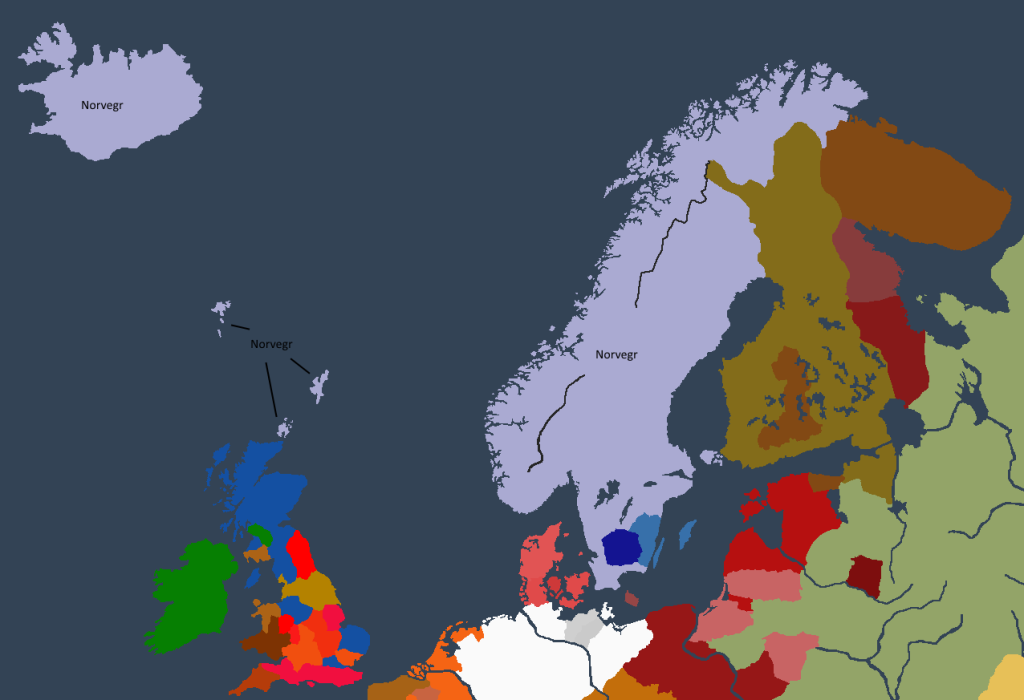
The state of Norgesveldet at the ascension of Ragnarr I.
Aftermath
With his wars, Thordr I greatly enlarged Norway’s territory, and his reinstatement of feudalism would prove to be final. His most important legacy would prove to be his son and heir Ragnarr I, however, one of the great kings of medieval Norway.
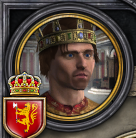
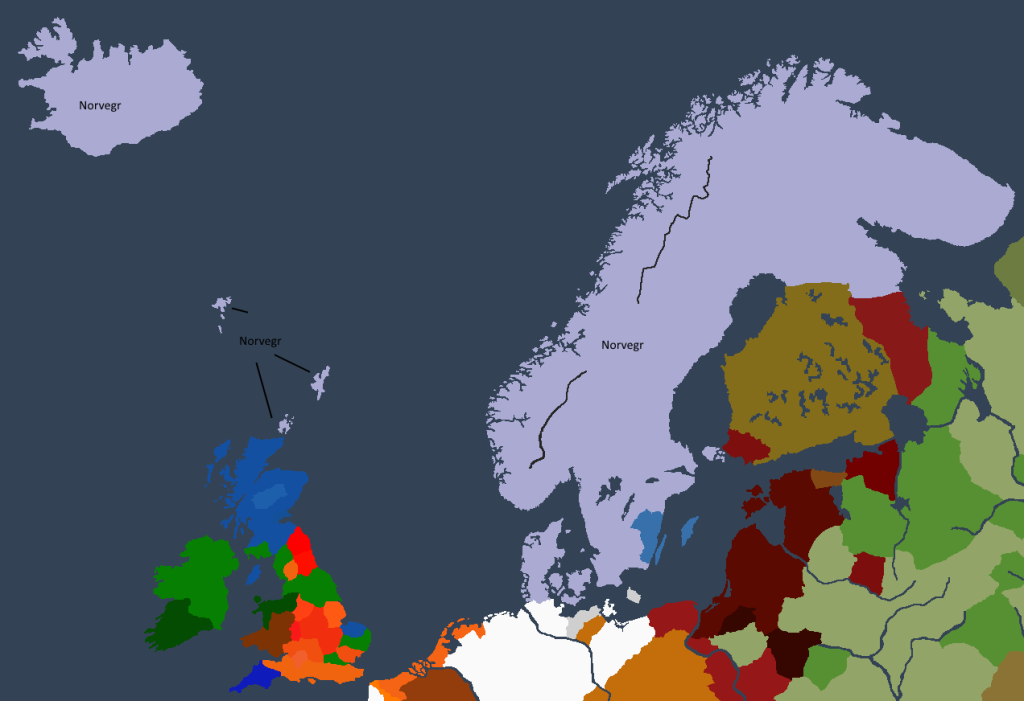
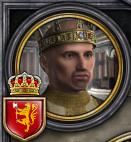
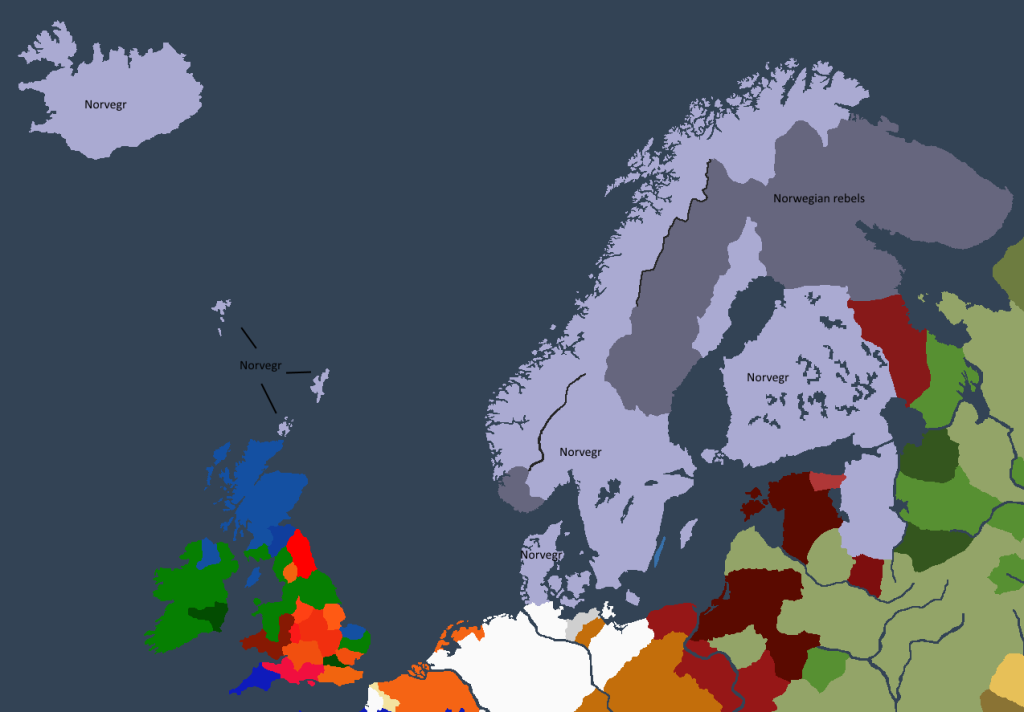

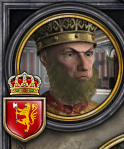
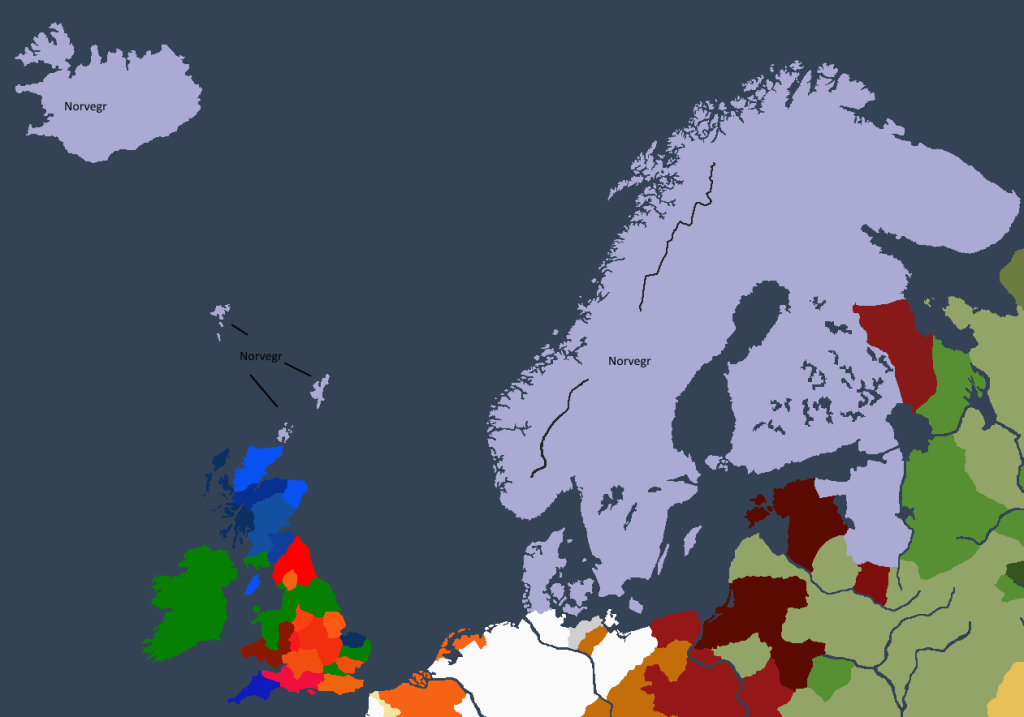
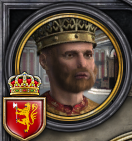
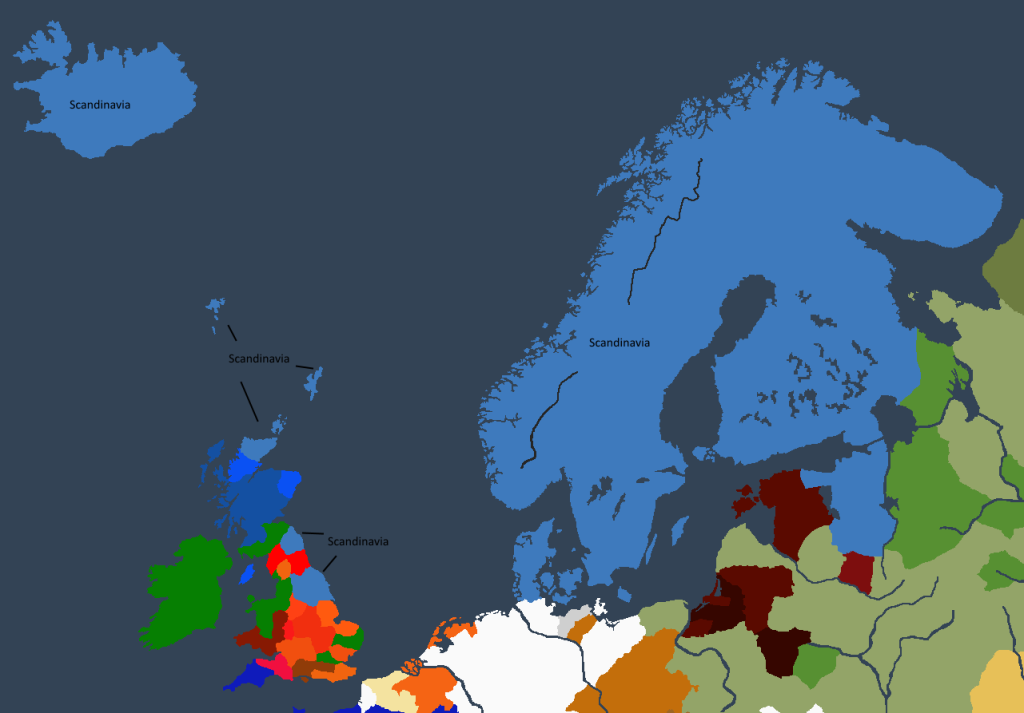
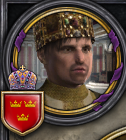
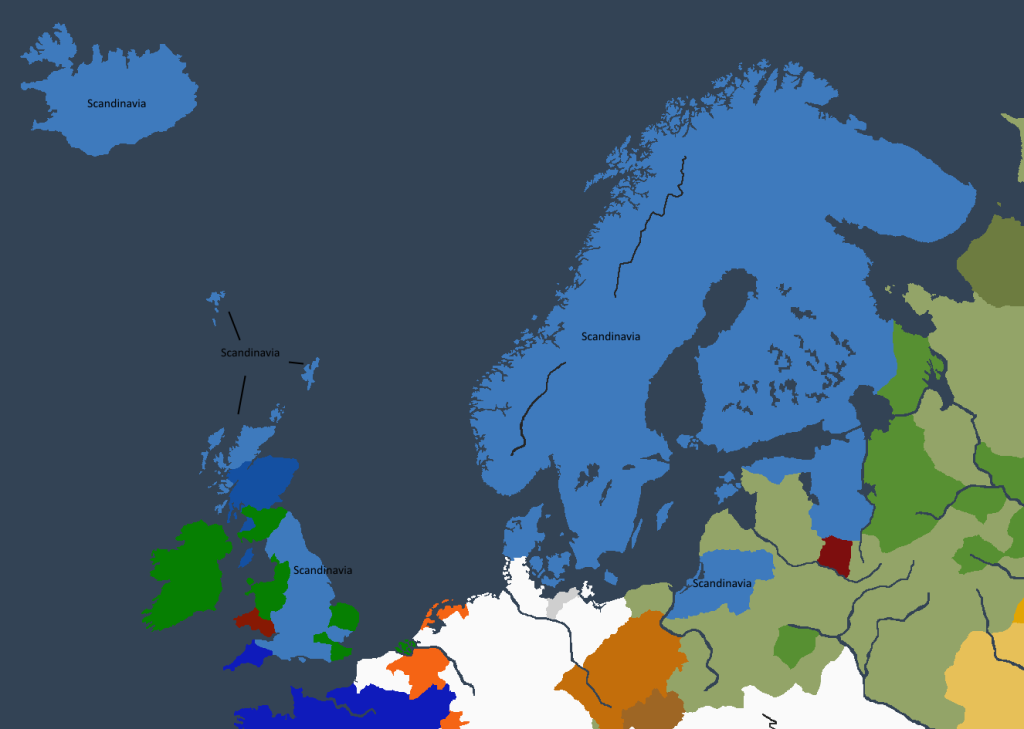
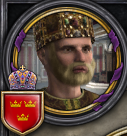
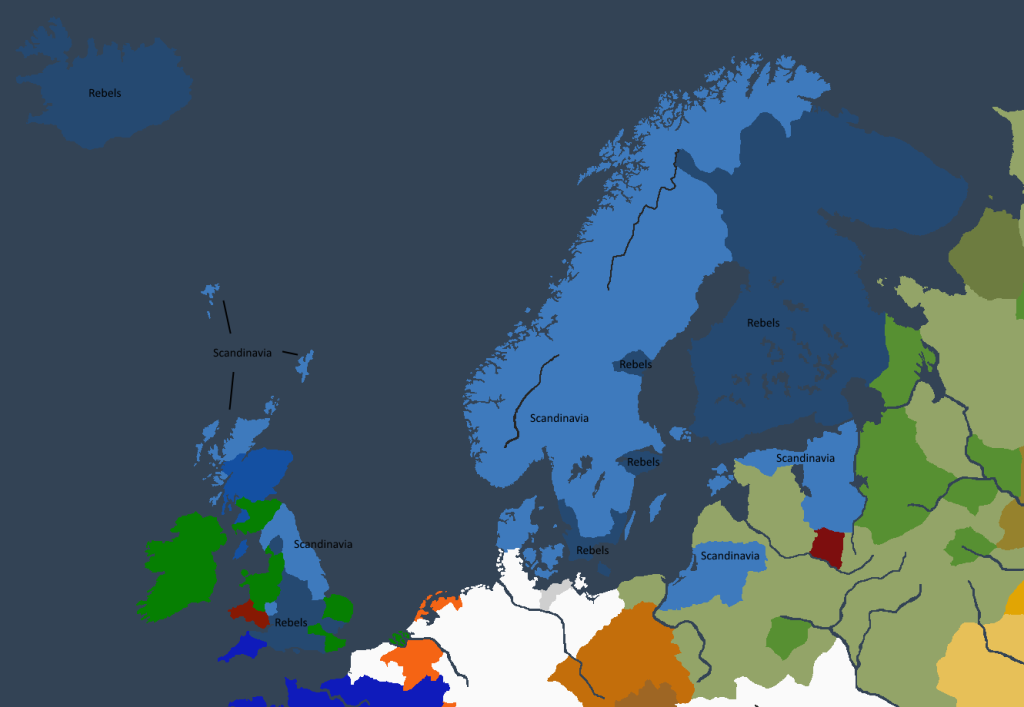
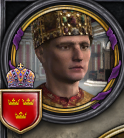
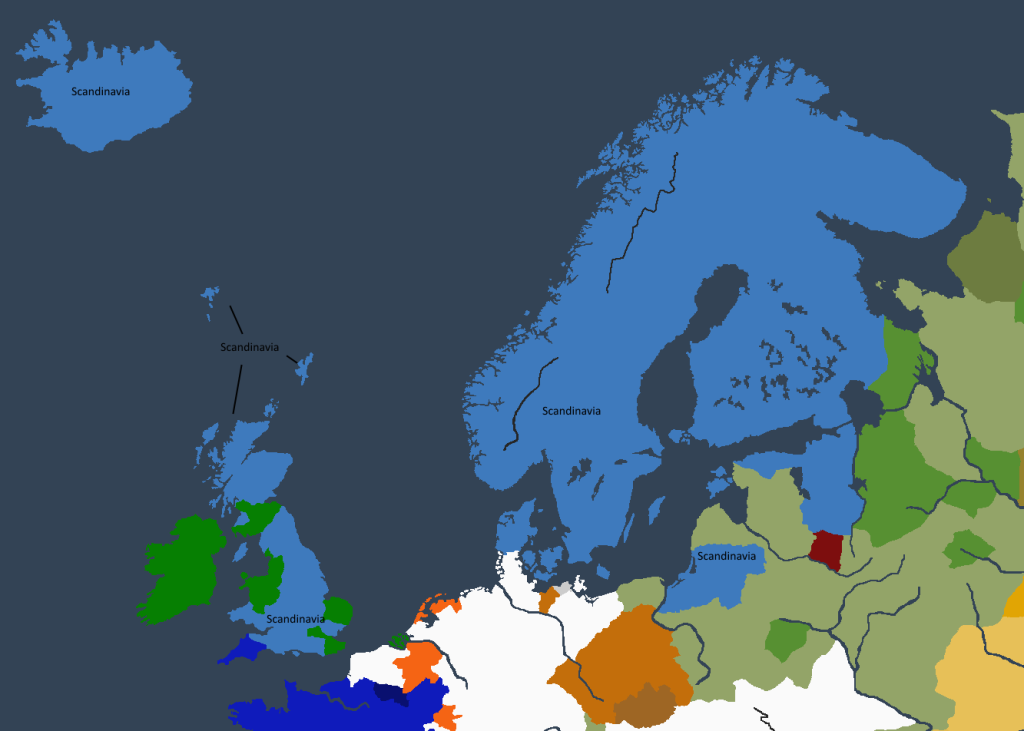

 )
)

Comment